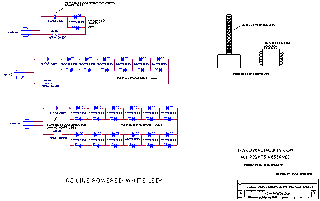No matter how hard trading foreign currency is, there is still a potential to make large amounts of money. Becoming knowledgeable about your investments, cautiously judging the investment purpose and making sure you are familiar with all the risk factors becomes necessary.
Forex trading is not meant for use of money that you would need to pay bills or to live. It is meant for money that you would consider investing in other forms but can risk the loss of the investment.
Forex stands for the Foreign Exchange market and took form in 1971. With the transition from fixed rates to floating rates the creation of the Foreign Exchange allowed for transactions between brokers in the Forex Market to exchange currencies for other currencies at approved rates for a specific time period. This rate is determined by supply and demand just as the local markets price their products by what is selling and the competition. With the increase of foreign trade between countries of the world the need for value rating of currencies to these countries became more popular.
Today you can invest using Online Forex with innovative “live-time” trading over the internet. You can start a basic account or even join Forex training courses to gain knowledge before investing your own money but use of virtual accounts. Do not trust margin trading where you hedge you investment by borrowing against a possible raise in value of another unless you are well aware of the risks.
Online Forex uses cutting edge software and a knowledge base for your trading experience. Never trust a single factor and make sure you are knowledgeable about all the risk factors that will affect your investment. Take time to get the training you need to make wise investment decisions before investing in the Forex market.






























